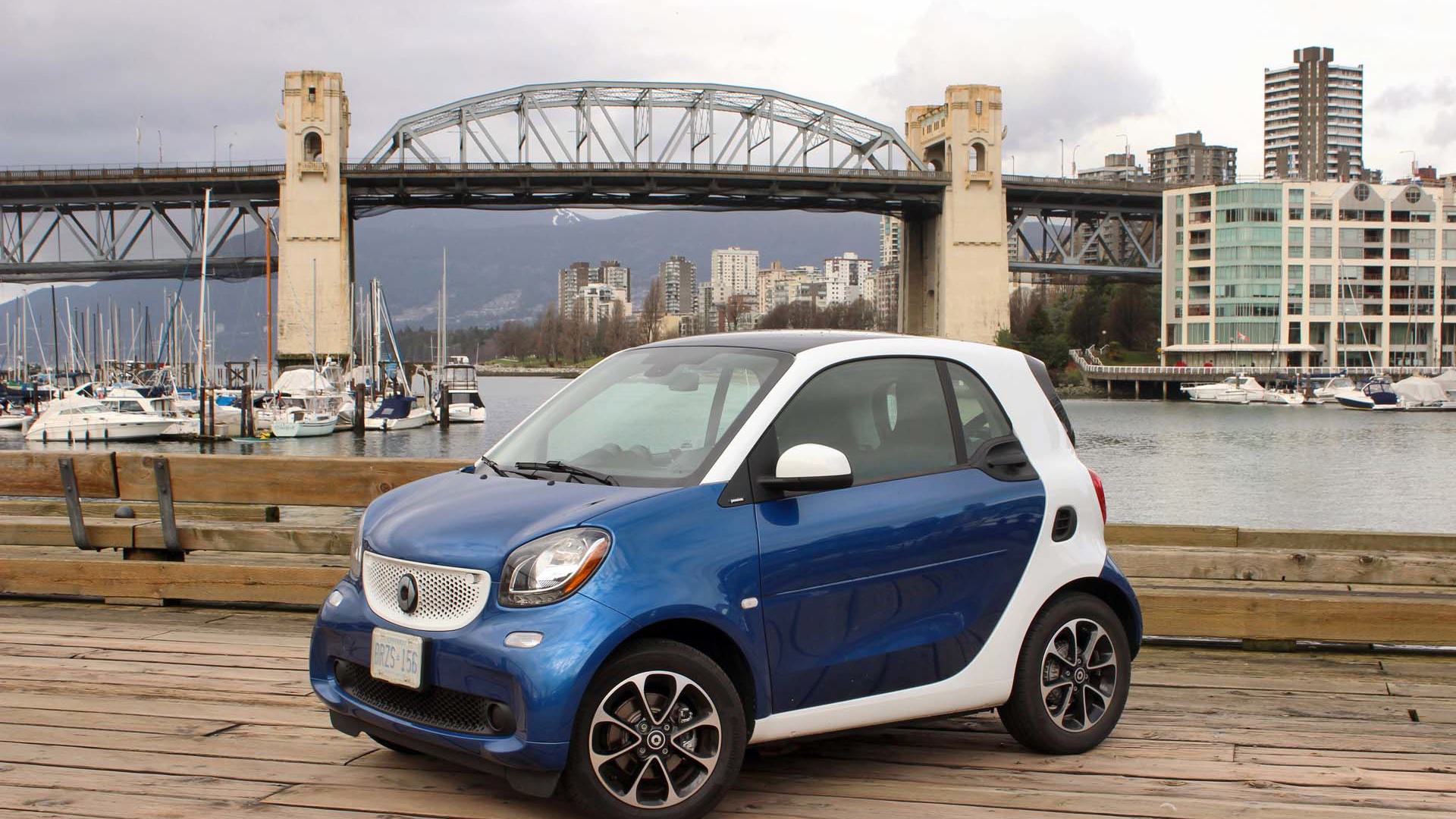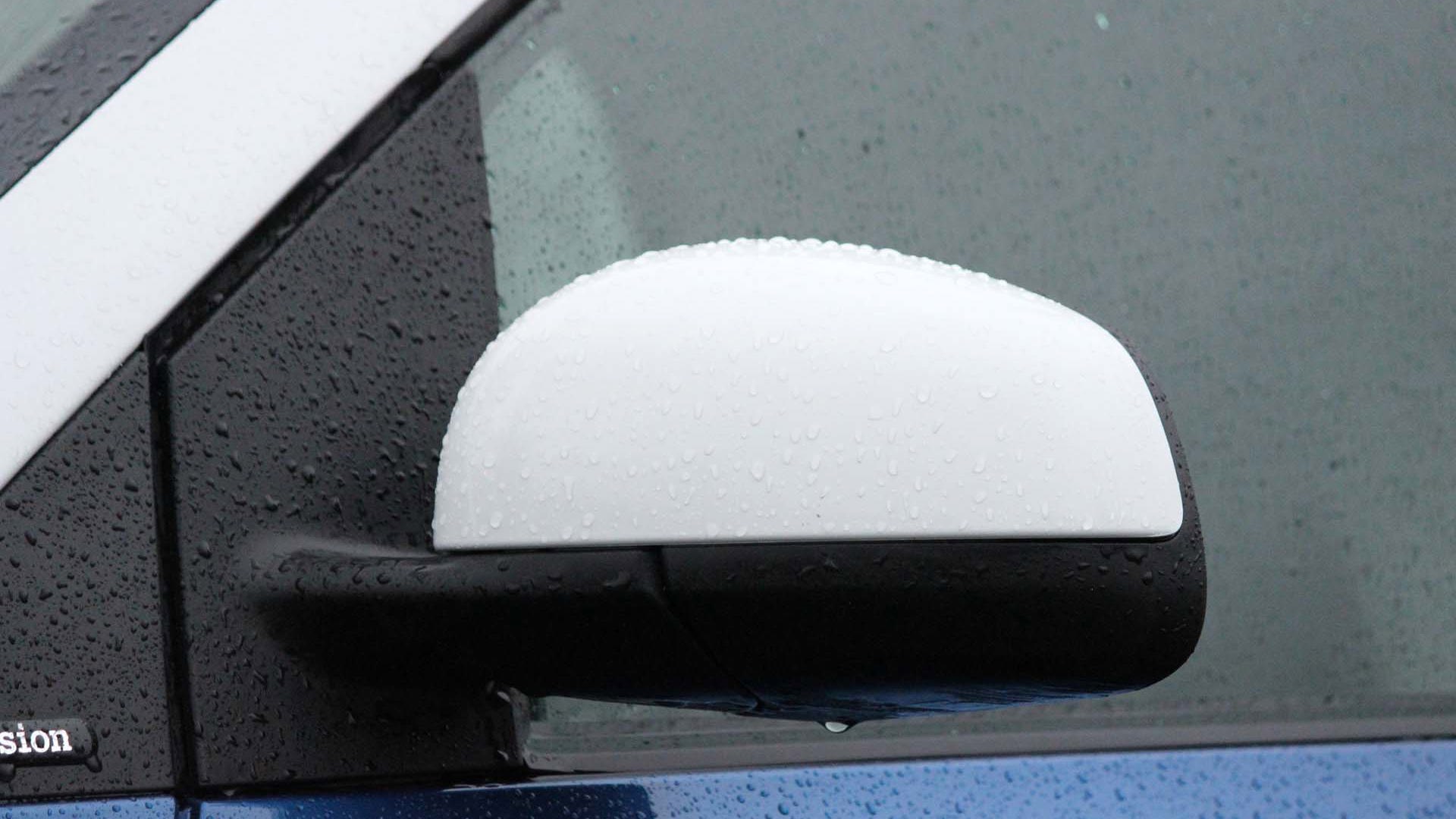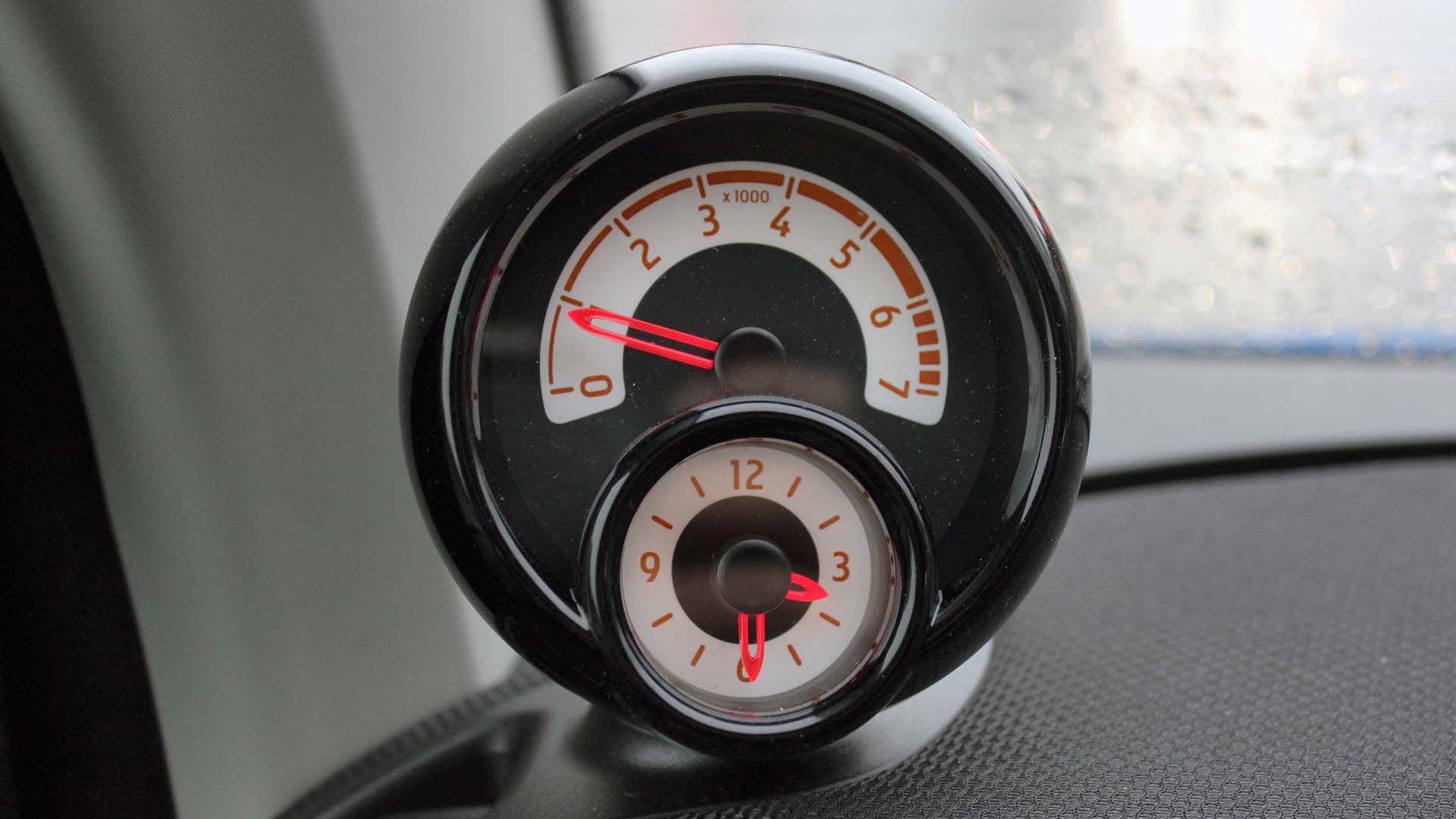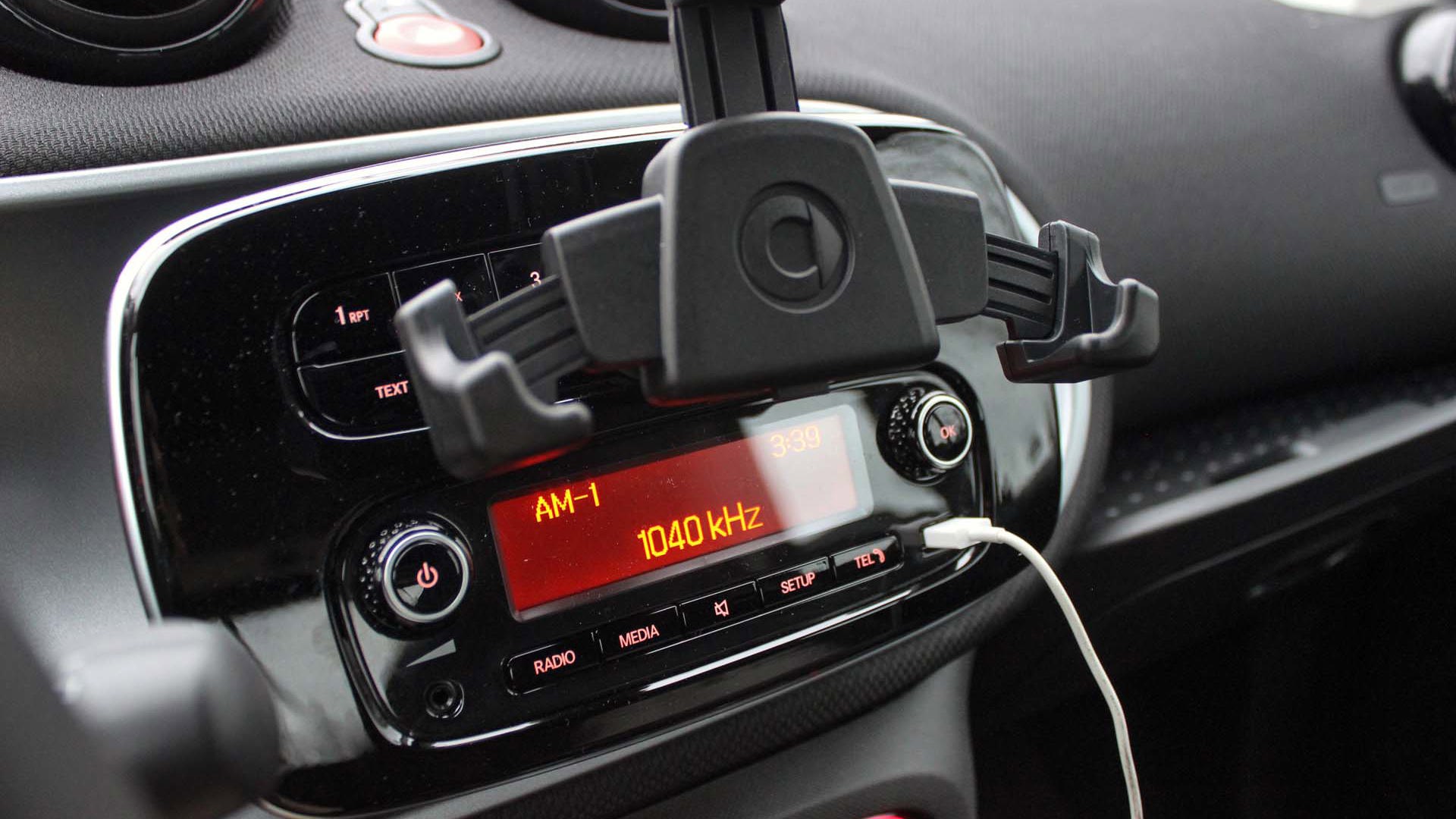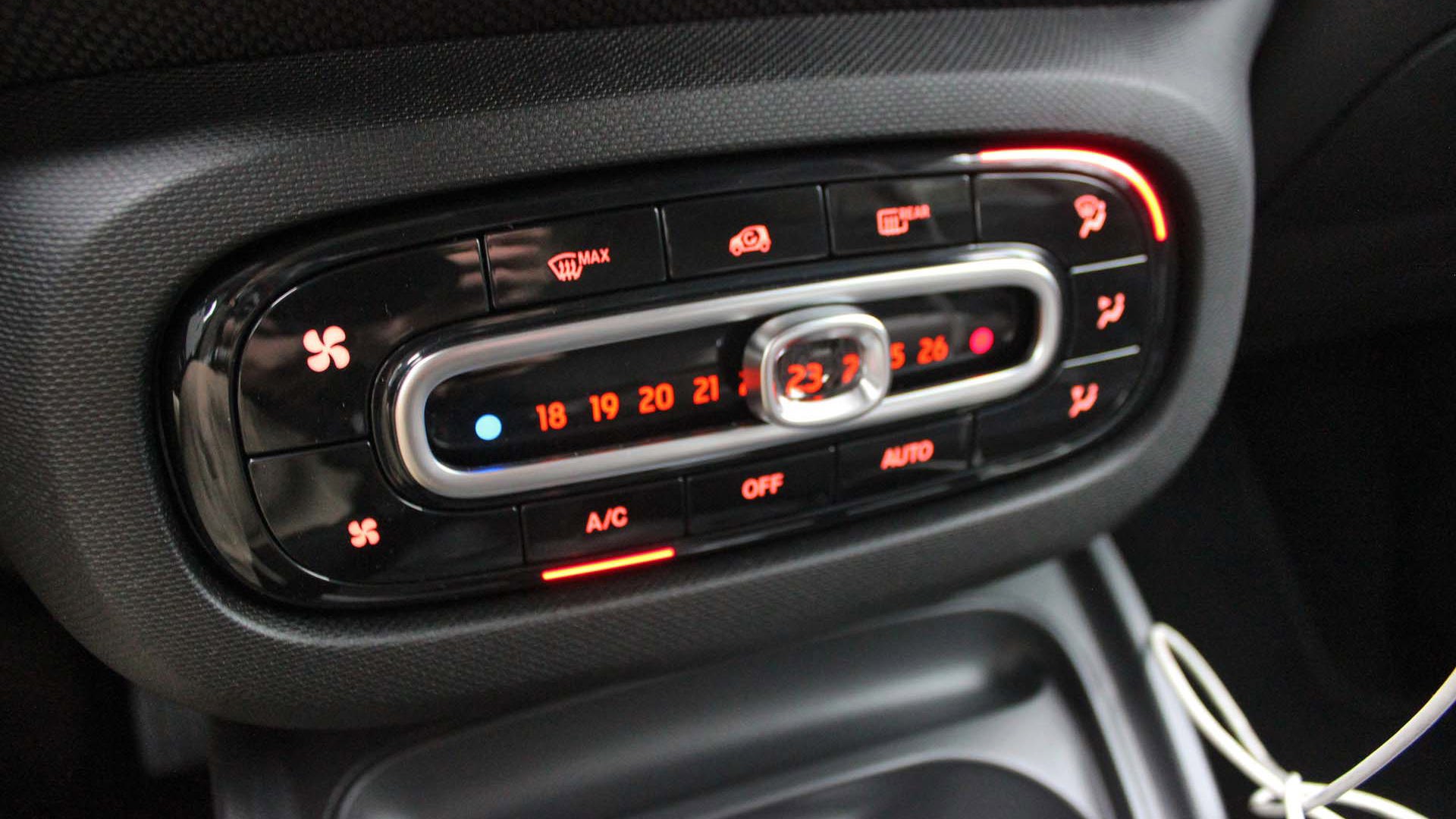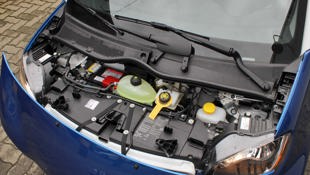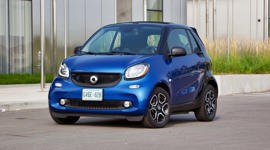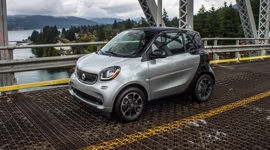 AutoTrader SCORE
AutoTrader SCORE
-
COMFORT8/10
-
PERFORMANCE7/10
-
FUEL ECONOMY8/10
-
INTERIOR6/10
-
EXTERIOR STYLING8/10
When I first visited Europe, I already had cars on the mind and I knew I’d be in for some special treats once I arrived. For a young car junkie like myself, raised on European car mags, Top Gear, Majorette die-cast models, late night WRC broadcasts on Speed Channel and any number of car chase scenes through winding European streets, Europe was the Holy Grail. It wasn’t just about the super and sports cars, either – we had most of them where I lived – but more about the Peugeot 206s, Renault Méganes and Vauxhall Astras (yes, even those). These were cars that just seemed so much cooler than their North American equivalents.
I was especially impressed with the headroom; even with a panoramic roof (a $390 option), its 1,008 mm of headroom suited me just fine.
The one car that I had seen very little of in all my research, however, ended up being the one that struck me the most. Nothing could’ve prepared me for the gobsmacking I got when I first encountered the tiny little city runabout that was the Smart.
The fact that I was walking along the carpeted sidewalk of Monte Carlo’s main drag at the time made the experience even weirder, even more fantastic; after all, this was the playground for playboys in their Astons and Lambos, not the worker bees in their microcars! I was speechless. Then, when I came across my first Smart dealer – the inventory neatly stacked, one atop each other, 10-high just outside of Paris – I felt it all over again. The questions started flowing: who makes these? What engine do they have? Can you park one perpendicular to the curb? (The denizens of Rome can, I’ll tell you that.) This was the cult of Smart, and aside from buying (of course) a scale-model Bburago version for my brother, I had to know more.
My research uncovered more tasty tidbits to blow my teenaged mind: “A three-cylinder diesel? They make those?” “Interchangeable plastic body panels? WHAT?” “I’m sorry, could you repeat that? You say they’re co-developed by Mercedes and a friggin’ watch company?” “There’s a four-door model? And a roadster? A BRABUS version?!?! WHAT is going on?” It was one of those European gems I’d hoped to come across, and it was on its way to North America.
Fast forward a decade or so, and here we are. The North American Smart is now in its third generation, and a perfect fit for our Big Guy, Small Car series.
The Knee Test
I have driven previous Smarts, and from the get-go, one of the biggest complaints I had (the drive would reveal a far more serious issue) was that there was almost no way for me to fit inside without jamming the tiny little shift lever into my thigh.
So, for 2016, Mercedes (Smart’s parent company) has re-jigged the interior and made the car wider overall so that this is no longer an issue; the gear lever is easily reachable, yet it manages to be tall enough to comfortably rest your hand on.
Small Cars, Big History: Evolution of the Microcar
Unfortunately, Smart giveth, and Smart taketh away: like the old car, if you spec power mirrors, the mirror control sits on the door card, perilously close to your left leg. Indeed, there were times where I’d go to check my mirrors, only to find my leg had inadvertently moved them. Be sure to leave the joystick in the centre position; that way, if you nudge it – which you likely will – it won’t move the mirrors.
Considering “ForTwo” means exactly what it sounds like, occupant space really isn’t that bad overall. I was especially impressed with the headroom; even with a panoramic roof (a $390 option), its 1,008 mm of headroom suited me just fine.
It’s quite easy to clamber into, as well; it sits so low to the ground that – assuming you aren’t practicing the European art of perpendicular curbside parking – stepping from a high curb means you’re actually stepping down into the car, making it easier to ensure you don’t smack a hip, knee or elbow while you’re at it. The fact that the doors take up almost the entire side of the Smart helps in this regard; just be careful when swinging them open in tighter confines.
The Hockey Bag Test
Yeah, so… no.
However: while fitting a hockey bag in the rear cargo area ain’t gonna happen, the manner in which the tailgate opens makes perfect sense. I don’t have an exact count, here, but it seems to me that the rear glass opening independently of the rest of the hatch is increasingly rare these days. The Smart has this, and since the liftover height is pretty low, it’s perfectly realistic to assume that the Big Guy in your life will be able to reach the cargo floor through the open rear window. Then, once loaded, your wares can be secured by the smallest cargo cover I’ve ever come across. Assuming you’re willing to drop the $140 it takes to get it, of course.
If you need more accessibility, then once you flip up the glass hatch, you can then flip the rear tailgate downwards, pickup-truck style for an even easier load. Pretty skookum stuff.
The Rest
First of all, the obvious: the ForTwo has been completely redesigned for 2016. The headlights are especially reminiscent of something you may see on other Mercedes products, which is a little strange considering the German manufacturer seems pretty intent on showing that Smart is a separate brand with its own identity.
Whatever the case may be, the styling change is a tough one to fully grasp. On the one hand, the new wheels and LED DRLs make it hard for me to picture the 2016 Smart wrapped in the white-and-blue livery of the Car2Go car share fleet. It’s too nice for that. On the other, there are some proportional issues that have it looking a little too much like a Fisher Price car from certain angles.
As far as my tester goes: the optional Midnight Blue metallic paint ($395) is quite nice, though I’m not sure I can say the same about the white grille. It’s eye-catching, but was getting pretty grungy after a rainy week at the wheel. You do have the option of selecting black grille trim; I’d go that way.
Inside, in addition to more space, the ForTwo has undergone a comprehensive overhaul. The tach is now mounted on the dash on the lower left-hand side of the windscreen, aftermarket tuner-style. Like the rest of the interior – the vent roundels, button-laden steering wheel, climate control slider/magnifying glass – the tach will likely divide opinion. There’s no question, though, that it’s a more modern and airier place to be. There are still a handful of scratchable touchpoints on hand, but this is no surprise considering that a lot of the switchgear is shared with Renault, who co-developed this latest Smart. If you’ve ever ridden in a low-budget Euro car before, you’ll understand what I mean when I say that they are the kings of plastic.
Being the Passion trim, our car didn’t have leather seats or integrated infotainment, but in a minute, you’ll see the alternative isn’t bad.
The nylon on the seats feels durable, and the contrasting white piping is a nice touch. The seats are a little flat for my liking — I found myself sliding around more than I’d like – but they’re padded enough.
The ultimate comparison: Smart vs Smart
Infotainment-wise, the Passion trim comes standard with an easily adjustable integrated cell-phone mount. After spending a week with the car, I came to understand why Uber drivers like systems like this so much. Yes, the advent of Apple CarPlay and Android Auto means that the mobile interface you’re used to is now available on the car’s screen, but few cars have that right now. So, what Smart has done is provided a nice alternative, and one that works no matter which device you use. Further, it doesn’t block the radio controls as much as I thought it would; the radio seek buttons are the only controls that are really affected.
Prime trim — one step up from ours — adds leather seating surfaces, standard heated seats (they came as a $290 option on my tester), special exterior lights, some different wheels, and lowers the cost of adding integrated touchscreen infotainment (it costs $1,395 on the Passion, and $1,295 on the Prime); that’s about it.
Let’s hit the road
Like many cars, the last Smart had its issues. Chief among these was the lethargic and rough automatic transmission. Every shift – up, down, at speed, when crawling around town – was accompanied by a lurch that, no matter how hard you tried, could not be eradicated. Switching to manual mode did little more than give you the chance to better prepare yourself for the inevitable, neck-snapping shudder that was about to come, and the slow-as-molasses gear change that was to follow.
Now, along with a manual option, the addition of a proper, more 21st Century–appropriate six-speed dual-clutch automatic (a $1,400 option on our car) addresses the old issues. It still may not be the slickest shifter around, but it is worlds – WORLDS – better than previous.
Smart has also upped the ante in the power department.
There’s no diesel option for North America (no surprise there), but a new turbocharged three-banger does its part to ensure that the powertrain is a whole new and much better animal.
Power comes in at 89 hp, but it’s the torque figure that really impresses: said turbocharger now means that the powerplant cranks out a full 100 lb-ft of torque, which is an almost 100% improvement over its predecessor. Considering it’s got little more to haul than 900 kilos plus whatever your Big Guy weighs, it’s zippy. It’s no sports car, but it’s hardly a previous-gen Smart, either.
I do wonder, however, if any Smart owner is ever going to be able to reach Smart’s claimed fuel economy figures. The 8.9 L/100 km we saw in the city isn’t bad by any means, but it’s quite a bit higher than what Smart is claiming. Granted, there was no hypermiling involved during my test, but my daily driving rarely takes me this far off a manufacturer’s claimed pace. It’s worth noting the ForTwo requires premium fuel, too.
So the powertrain has (mostly) answered the bell. Now, we move on to that other Smart bugbear: the old car’s ride and steering.
Put simply, the Smart rode pretty much as it looked; like a small car not that far removed from a golf cart. Most bumps felt pretty much exactly as you’d predict they would. There were no damper surprises, no fancy active anti-roll bars to keep everything copacetic. It bounced, it jounced and it rattled fillings.
Unfortunately, the same could not be said of the steering, which wasn’t at all as direct as you’d think a car with these dimensions would be, especially as speeds increased.
That’s all changed for 2016. Yes, larger bumps taken at speed will still upset the Smart — it has a 1,837 mm wheelbase, for goodness sake! — but in town, where most Smarts will generally remain, it’s just fine. Serene even. And, as you do build up the courage to take the fight to the Freightliners and Infiniti QX80s on the highway, the Smart will at least insulate you better than it has in the past. Yes, passing at speeds is still a little touch-and-go, but it’s quieter than it used to be and more stable, too. That makes a big, big difference when you’re on the highway.
Really, though, the ForTwo is a city car, and it absolutely excels in that environment. With the electronic power steering rejigged to be more responsive, the ForTwo now feels like the rear-wheel-drive microcar that it is. It actually makes weaving through traffic almost enjoyable.
That is, of course, once you get used to the over-the-shoulder blind spots. Considering the car’s tiny size, these are a lot larger than you’d think, until you realize how large that B-pillar really is, and how small the wing mirrors are. A blind spot warning system, meanwhile, isn’t available.
So if you’re of taller ilk…
Space shouldn’t be a problem, assuming you’re not expecting to make Costco runs or shuffle about with three passengers. We talked about the shifter placement and headroom, but there’s more shoulder room, too. That does wonders when you’ve got a passenger.
The problem isn’t with space, and as we’ve explained, it isn’t with dynamics, either. I’d say the latest ForTwo is more than competent on the road; it’s actually quite good.
The problem comes when we consider the price of entry. With a base MSRP of $17,300, the Smart undercuts both the Mini Cooper and Fiat 500, but starts far higher than the Nissan Micra, Chevy Spark or Honda Fit. All of those cars offer seating for at least four, and all but two of them, five doors. So, on the surface, the ForTwo seems dead in the water.
However, I have to agree with my esteemed colleague Brendan McAleer on this one. After driving it at its launch event, he likened the Smart to two-seater supercars and track-day specials. Like them, the Smart is a little cultish, and has a singular focus: being easy to live with in town. In that light, it’s the best of the bunch. For all its faults, the old car was popular. While the competition has changed, I still like the new one’s chances.
NRCan Fuel Consumption: 5.0/3.6 City/Highway
Observed Fuel Consumption: 8.6 L/100 km
| Warranty: 4 years/80,000 km; 4 years/80,000 km powertrain; 5 years/unlimited distance corrosion perforation; 4 years/unlimited distance roadside assistance Competitors: |
| Model Tested | 2016 Smart ForTwo (Passion trim) |
|---|---|
| Base Price | $18,800 |
| A/C Tax | NA |
| Destination Fee | NA |
| Price as Tested | $21,895 |
|
Optional Equipment
$3,095 – Twinamic six-speed automatic transmission $1,400, panoramic roof $390, Midnight Blue body panels $395, power heated mirrors $190, retractable cargo cover $140, heated seats $290, forward collision warning $290
|
|

